Teach you to self-test the correct grinding degree of coffee powder
Blind guess, you who click on this article are also worrying about the grinding problem of coffee powder.
In the category of hand-brewed coffee, compared with other parameters, the degree of grinding is always a parameter that is difficult to express clearly in words. As everyone is equipped with a different bean grinder, when discussing the grinding degree of brewing with guests, many baristas first use visual analogy to describe it. Although knowing that it will have some limitations, this is indeed one of the quickest ways to get us into the conservative cooking framework.
So, learning to quickly determine which category of coffee powder belongs to is a crucial step in making delicious coffee. The seasonings most commonly used as analogies are fine salt, fine sugar, coarse sugar and sea salt.
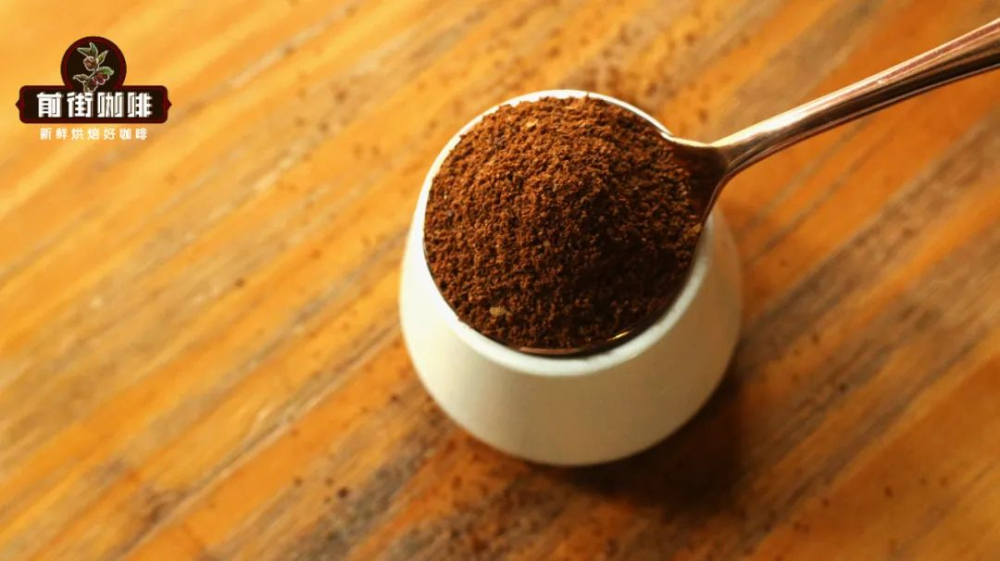
The most important feature of fine salt is that it is "fine and fine". It looks loose and uniform, and there is almost no sense of particles when kneading. This thickness is suitable for pressurized extraction methods such as mocha pots, and fine powder can effectively release coffee oil under high temperature and high pressure.
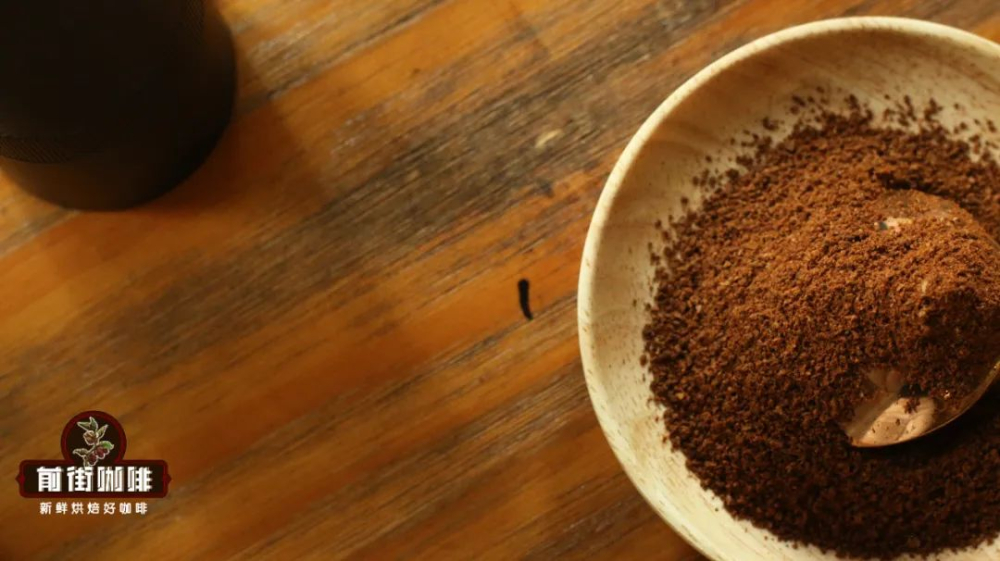
The thickness of fine sugar is the most common analogy of hand grinding. It feels a little sandy and the block is not obvious. During extraction, small particles can release flavor substances more fully, which is generally suitable for light to moderate roasting coffee beans which mainly express flower and fruit aroma.
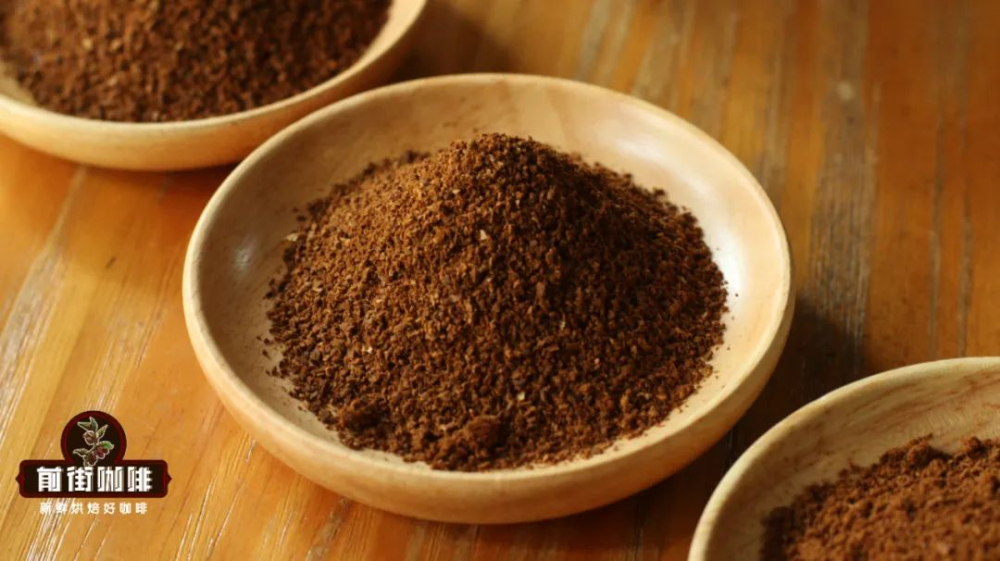
Coarse sugar is also often called white sugar, which is indistinguishable from fine sugar with the naked eye, but you can feel a distinct sense of granulation when rubbing with your thumb and index finger (you can still hear a creaking sound if you put it into your mouth to chew). Coarse sugar has a relatively large surface area, which helps to avoid over-extraction due to long soaking time, so it is suitable for moderately deep-baked or deep-baked beans, such as chocolate, caramel and cocoa flavor types.
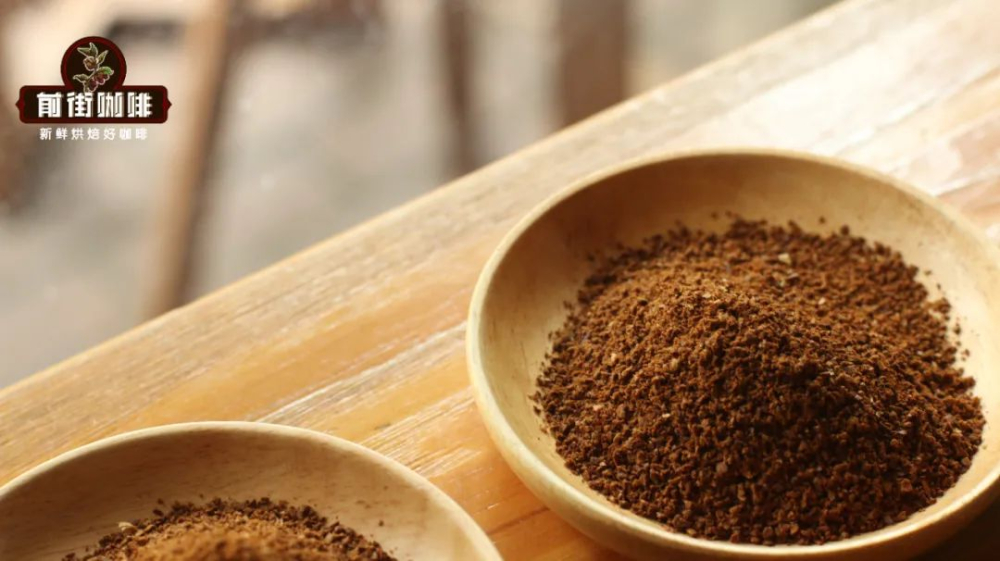
The sea salt shape is the best judgment, which refers to the similar kind of large crushed crystal crude salt, which is mostly visible to the naked eye, and the whole is not very uniform, so it is more suitable for immersion than trickling filtration, with an extraction time of 2-3 minutes, such as French kettle and smart cup.
If the result cannot be obtained visually, we can also judge whether the grinding is coarse, fine or just right by combining the particle shape and time of the extraction stage. Because regardless of the powder diameter distribution, we still need to test according to the formal cooking stage and the final taste, when we can use the shape of suspended particles during steaming, the total dripping time, and the size of coffee grounds particles to get the answer.
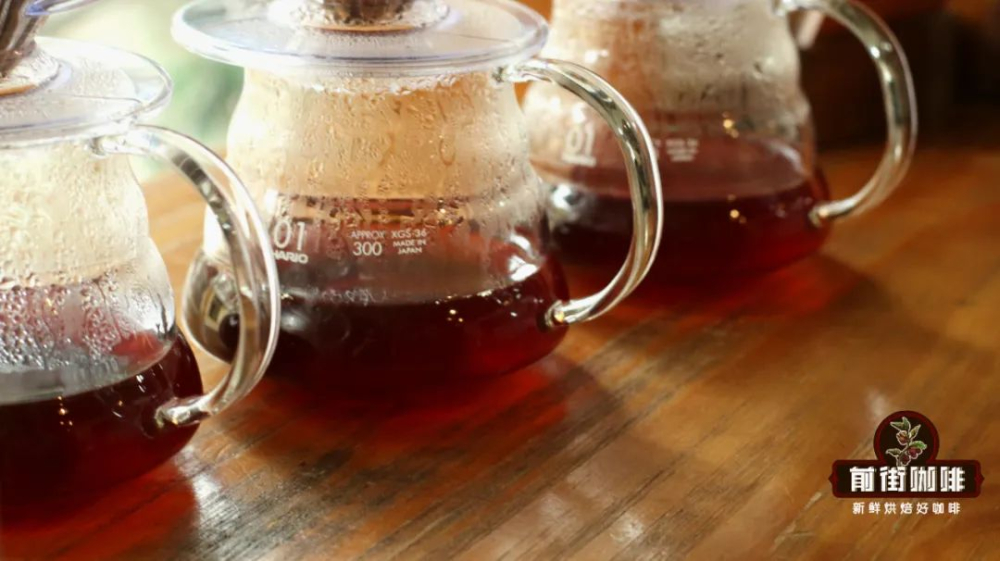
The front street here takes the sun red cherries as the main character, and the grinding equipment uses the MAVO wizard 2.0 hand grinder to demonstrate how to "blindly test" the ideal grinding scale when facing an unfamiliar bean grinder.
First, try to grind a small amount of coffee beans (3 to 5 grams) on the first scale. Most of the particles are massive, obviously close to the shape of sea salt, and can be greatly refined. Here Qianjie has twisted 10 squares in the direction of fine grinding, and the powder is close to the size of fine sugar, that is, it meets the requirements of hand grinding. At this time, we can enter the extraction process to verify it.
Sun red cherry coffee beans: 15g total water: 225g water temperature: 91 °C filter cup: V60 three-stage water injection: 30g, 95g, 100g
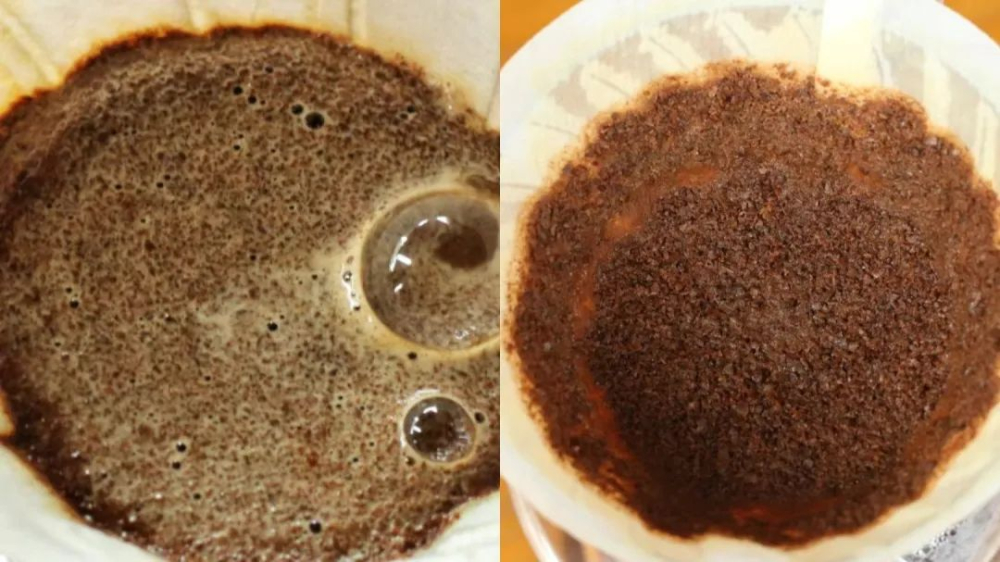
In the steaming stage, the coffee particles after refinement are obviously closely linked and have high water-locking capacity. As the water injection approaches the end, the launching speed is obviously getting slower and slower, the filter paper is likely to be blocked by a large number of ultra-fine powder, and the extraction time is more than two and a half minutes. From the finished coffee grounds, we can see that there is mud powder on the surface, and the entrance of the coffee liquid is a heavy berry tone with a slightly astringent finish. So, it shows that the degree of grinding is too fine, so you should adjust it back and thicken it properly, thicken 3 squares in front of the street here, and then continue the test.
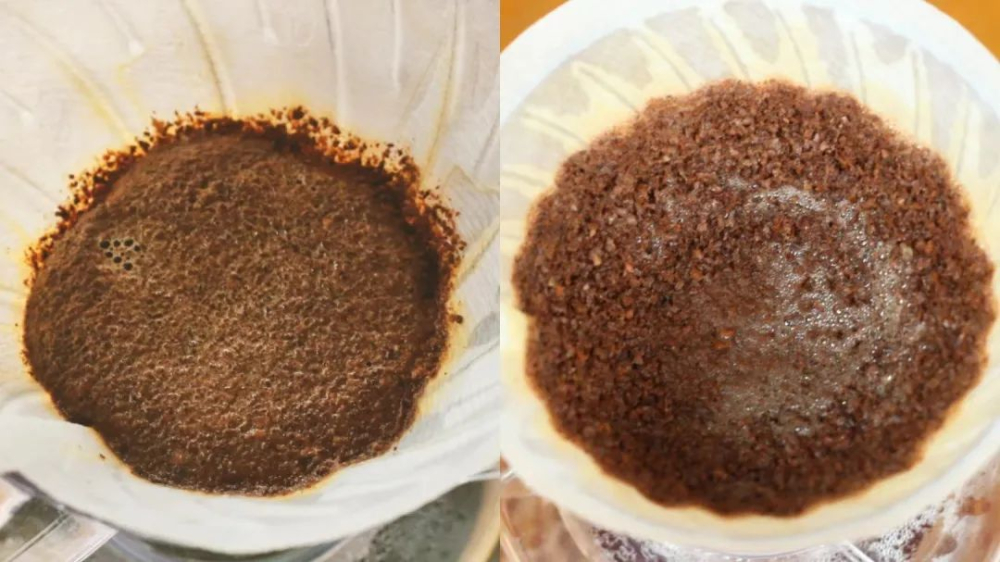
Under the same cooking parameters, the suspended particles of the newly scaled coffee powder are larger and the pulp is dry when steaming. The flow rate of the whole water injection process is stable, the total extraction time is 2 minutes and 8 seconds, coffee grounds are fluffy and evenly distributed on the wall of the filter cup, and the coffee is of moderate concentration, with sweet and sour citrus fruits and caramel aftertaste. It seems that this is the ideal grinding degree we are looking for.
-END-
Front Street Cafe
No. 10 Baoqian street, Yandun road, Dongshankou, Yuexiu district, Guangzhou, Guangdong province

Important Notice :
前街咖啡 FrontStreet Coffee has moved to new addredd:
FrontStreet Coffee Address: 315,Donghua East Road,GuangZhou
Tel:020 38364473
- Prev

The one-throw cooking invented by the world champion is so simple.
"Hmm? Why does your one-size-fits-all still have the stuffy steam in the front? Shouldn't we just inject it to the end in one breath? " "Oh! The one you are talking about is not a stream of knives, but a stream of knives is a way of dividing the cooking into two stages, and what you say is finished in one breath is another invention of Miya Zhe, the inventor of the four or six brewing method.
- Next

Do you know who invented the espresso machine?
I believe that each coffee shop can attract your attention, in addition to the unique decoration, there are all kinds of Italian coffee machines, they also show the different characteristics of each coffee shop! Although there are many kinds of machines, the mode of operation is very unified, and only a few simple steps can bring us a cup of rich oil.
Related
- Beginners will see the "Coffee pull flower" guide!
- What is the difference between ice blog purified milk and ordinary milk coffee?
- Why is the Philippines the largest producer of crops in Liberia?
- For coffee extraction, should the fine powder be retained?
- How does extracted espresso fill pressed powder? How much strength does it take to press the powder?
- How to make jasmine cold extract coffee? Is the jasmine + latte good?
- Will this little toy really make the coffee taste better? How does Lily Drip affect coffee extraction?
- Will the action of slapping the filter cup also affect coffee extraction?
- What's the difference between powder-to-water ratio and powder-to-liquid ratio?
- What is the Ethiopian local species? What does it have to do with Heirloom native species?

